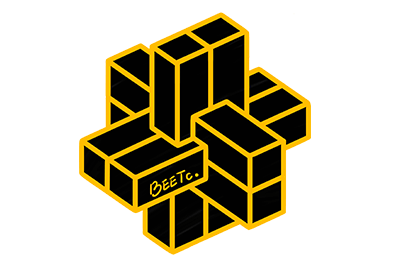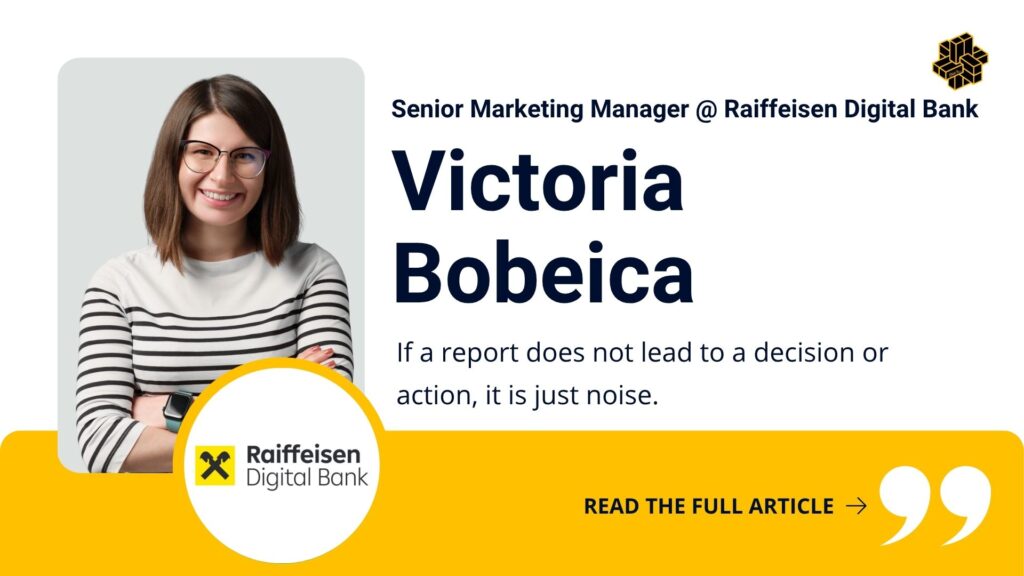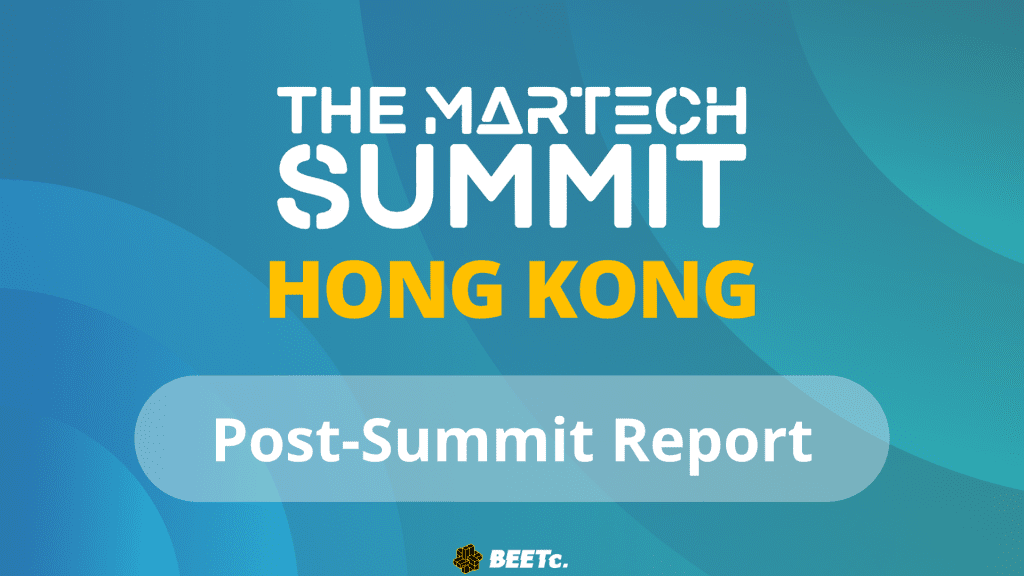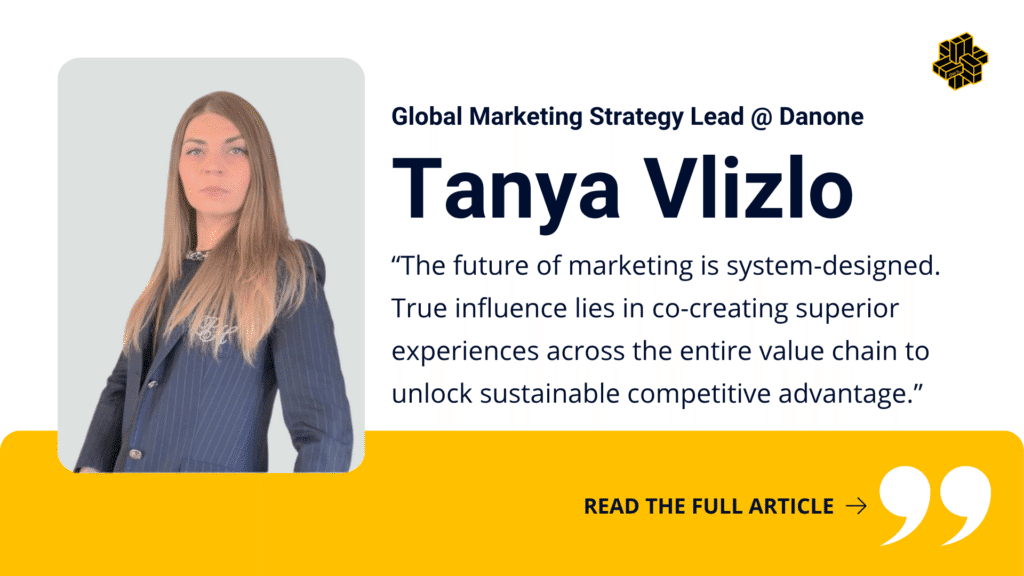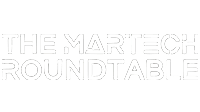How has your approach to customer engagement/retention/loyalty changed due to new MarTech tools and solutions?
With actionable real-time customer insights MarTech tools provide, increasing customer engagement, retention and loyalty has been more efficient and easier.
The current tools and integration allow us to establish long-term omnichannel campaigns, which deliver customer experiences at scale with measurable growth.
With all the new MarTech tools and solutions now available, what’s one of the key pitfalls to avoid in the procurement process?
The first trap people might fall into when considering new solutions is, they are impressed by its features and functions and forget to align it with business goals.
Secondly, they could forget to analyze what they need to do to make the most of those tools and solutions. In many cases, businesses end-up having too many tools that they can’t manage. Introducing a new tool or solution that needs integration actually requires not only resources from IT but also business teams since development of internal skills and aligning working processes to what those tools provide are also necessary.
Lastly, since there’s no one fit all solution for MarTech, sometimes people have not yet seen a clear picture whether new tools and solutions they eye up can enhance and work well with the other tools they already have or not. This can end up to be a big waste of owning many tools with duplicated functions and using only a small fraction of its capability to create a big picture.
How have you best managed to integrate legacy systems with new MarTech solutions?
Every organization is limited to legacy systems to some extent. With that in mind, our team has focused our effort very much on customization and integration to make sure new MarTech solutions we want can work well with our legacy systems.
To ensure that, we need to analyze to match pros and cons of both our legacy systems and new tools and solutions. Then, we’d configure stack design versus clear business & marketing goals, strategy and KPIs. This is also the point where good communications, coordination and crossed teamwork play an important part. However, it’s best to remain dynamic and open-minded as sometimes new tools we are deploying can point out the chance for optimization or disruption.
What MarTech vendors have impressed you with their solutions and understanding of true business needs and challenges?
I cannot compare all vendors that we use since some are procured by other teams. But let me give you our current example. Recently, our Head of Digital had proposed that we used a mobile measurement and deep linking platform called BRANCH.
As I said there’s no one fit all solution for MarTech. Vendors may compete to deliver breakthrough solutions and tools but what makes the most difference is the service and aftersales support. What impressed us most with BRANCH is that their team takes time to really understand our business, working processes and specific requirements. They even went sourcing what they didn’t have at first so that they could configure their platform to serve our needs. And that’s quite impressive for us.
How has your organisation / team dealt with the challenge of the marketing industry and wider digital world evolving at such a fast pace?
Our company has one of the shared values called ‘Kaizen’ (continuous improvement), which basically means we believe in the change for the better. So our team has been encouraged to learn and explore new trends, new ideas and speak when they have any suggestions for improvement.
Basically, we analyze whether it’s a big trend or a small one. If it’s a big trend like 5G, yes, we need to be prepared and adapt but if it’s a smaller trend, we explore the best opportunities to grow our system from what we already have.
Currently, what are you primarily looking for in your digital marketing efforts? Awareness or engagement? Why?
As TrueMoney is now Thailand’s #1 e-wallet service provider with the largest number of users, we’ve found out from the research that brand awareness is very strong. People have heard of our brand.
However, how we turn that awareness to action is a challenge. At this point, our digital marketing team needs to focus more on engagement and conversion; building deeper awareness of what services and benefits we can offer in order to persuade the target to adopt our services and try different use cases.
What is your key takeaway piece of advice that you would give when speaking to others on how to evaluate and select a MarTech stack?
First, you need to be clear on the business objectives and customer journeys.
Align the team across all different business functions to see their needs and resources.
Analyse your legacy systems: do you have any disjointed platforms and multiple tools performing and capable the same role leading to confusion.
Set your budget and see options. Then study how different works, what each will deliver and require resources differently from one another.
Discuss with your team on how to align current business metrics with a new MarTech stack option. Plan how the team will work on it together. Make sure that you have competent, skilled and qualified professionals to make the most of the platform.
How did your MarTech journey begin? Please let us know your top 3 findings and discoveries.
I think we started like most companies; began with what most important first and did not have a clear detailed roadmap of how we want to see it in the next couple of years. We’ve got the core system run and up first, then configured it along the way until our stack got bigger and bigger.
But at some point, along the expansion, we learnt from lessons and relooked at what we have to improve the way we work on it.
First, we realize that the best doesn’t mean it fits. We need to know where we stand and be honest with it. For example; do we have sophisticated customer strategy or data & tech to handle the tools we had our eye on.
Secondly, just good tools don’t bring us good results. Tools are just tools. It depends on how we use them. Clear goal setting counts.
Last is teamwork. You’re not only integrating MarTech solutions to the IT system but you’re integrating it with the business working process which needs synchronization across different teams.
For you and your team, which is currently recognised as the larger challenge MarTech integration or MarTech strategy?
They are both challenging, but not in the same way. Integrating a new tool is definitely a real challenge because it is always difficult to get into the priority lane of the company’s IT projects. But then, if your strategy is not clear or effective enough, you will not be able to drive business’ growth, so setting up a good strategy is not only challenging, it’s vital for success.
Have you mainly chosen to adopt established MarTech or have you also looked into the emerging opportunities? Which?
Though a well-established MarTech is more reliable to count on for a core platform but it has more limitations on configuration whereas we find emerging ones are easier for customization and can help unlock us to new possibilities.
What do you predict as being the top MarTech trends for 2020?
First, with a rapid and gigantic amount of user data obtained from different tools and sources, companies would soon need data unification and consolidation to form a single view of user data.
Secondly, we expect AI and Machine Learning to have exponential growth in 2020. Businesses are required to make more data-driven decisions so that they can drive long term value, growth and profits.
